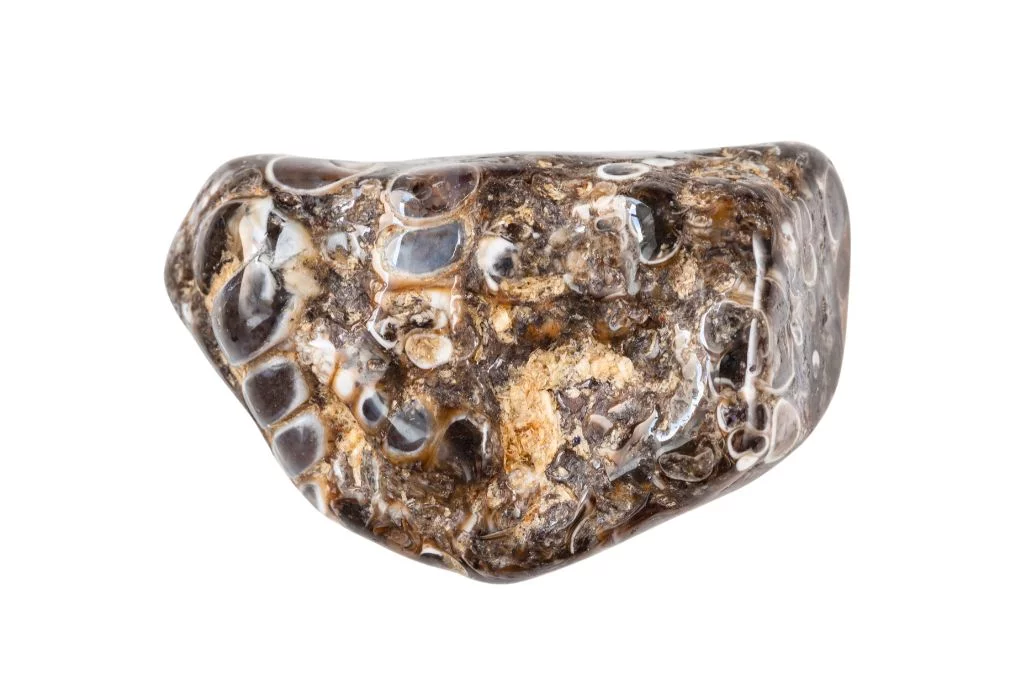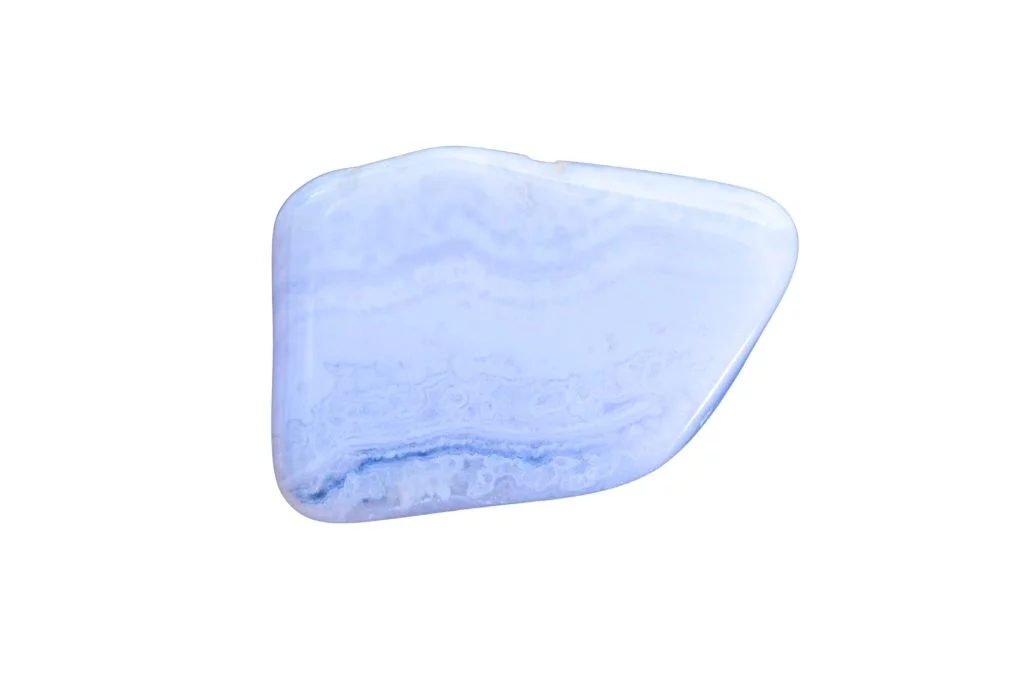Colors and Patterns of Agate
Agate is renowned for its striking and diverse color palette. This semi-precious stone can display a wide range of hues, including shades of red, pink, brown, white, gray, black, and even blue or green. What truly sets agate apart is its distinctive banding patterns, which often feature alternating layers of different colors. These bands can be straight, curved, or form intricate concentric circles, creating a mesmerizing visual effect.
Structure and Formation
Agate is a variety of chalcedony, a microcrystalline form of quartz. It forms within volcanic and metamorphic rocks, typically filling cavities or vugs. The stone’s unique banding is a result of its slow formation process, where silica-rich solutions deposit layers over time. This gradual accumulation leads to the development of its characteristic concentric or parallel bands.
Notable Physical Characteristics
One of the most distinguishing features of agate is its hardness, ranking 6.5 to 7 on the Mohs scale. This durability makes it ideal for use in jewelry and decorative objects. Agate also exhibits a waxy or vitreous luster when polished, enhancing its visual appeal. The stone is often translucent to opaque, with some varieties allowing light to pass through, creating a subtle glow.
Unique Aspects and Varieties
Agate comes in numerous varieties, each with its own unique characteristics. For instance, moss agate features green inclusions that resemble plant life, while fire agate displays iridescent colors reminiscent of flames. Dendritic agate showcases tree-like or fern-like inclusions, and banded agate exhibits particularly pronounced and colorful layers. These distinct varieties contribute to agate’s popularity among collectors and enthusiasts, making it a truly captivating and diverse gemstone.
Historical and Cultural Significance of Agate
Agate has been prized for thousands of years, with evidence of its use dating back to ancient Mesopotamia. The stone was highly valued in ancient Egypt and was often used in jewelry and decorative objects. In ancient Greece and Rome, agate was believed to possess protective qualities and was used to make talismans and amulets. Many cultures throughout history have attributed special powers to agate, including the ability to ensure victory, guard against natural disasters, and promote eloquence.
Metaphysical Associations
In metaphysical circles, agate is considered a grounding and stabilizing stone. It is believed to enhance mental function, improve concentration, and promote inner peace. Different colors of agate are associated with various chakras and are thought to have specific healing properties. For example, blue lace agate is linked to the throat chakra and is said to enhance communication, while moss agate is connected to the heart chakra and is believed to promote emotional balance and self-esteem.
Common Uses and Benefits
Agate is widely used in jewelry making, with its diverse colors and patterns making it a popular choice for pendants, rings, and beads. In crystal healing practices, agate is often used to create a sense of safety and security. It is believed to help alleviate anxiety and stress, promote emotional stability, and enhance decision-making abilities. Some people use agate as a meditation aid, believing it can help center the mind and promote a sense of inner calm. In modern times, agate has also found applications in industrial settings due to its hardness and resistance to chemical corrosion.
Traditional and Modern Applications
Traditionally, agate has been used in the creation of decorative objects such as bowls, vases, and cameos. In some cultures, it was ground into powder and used in traditional medicines. Today, agate continues to be popular in jewelry and decorative arts, but it has also found new applications. It is used in the production of precision instruments, such as mortars and pestles in laboratories, due to its hardness and chemical resistance. In the spiritual and wellness communities, agate is often incorporated into healing practices, meditation routines, and energy work.


